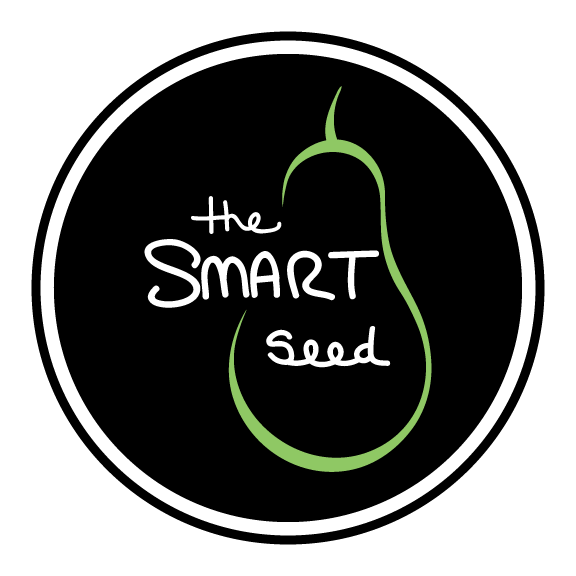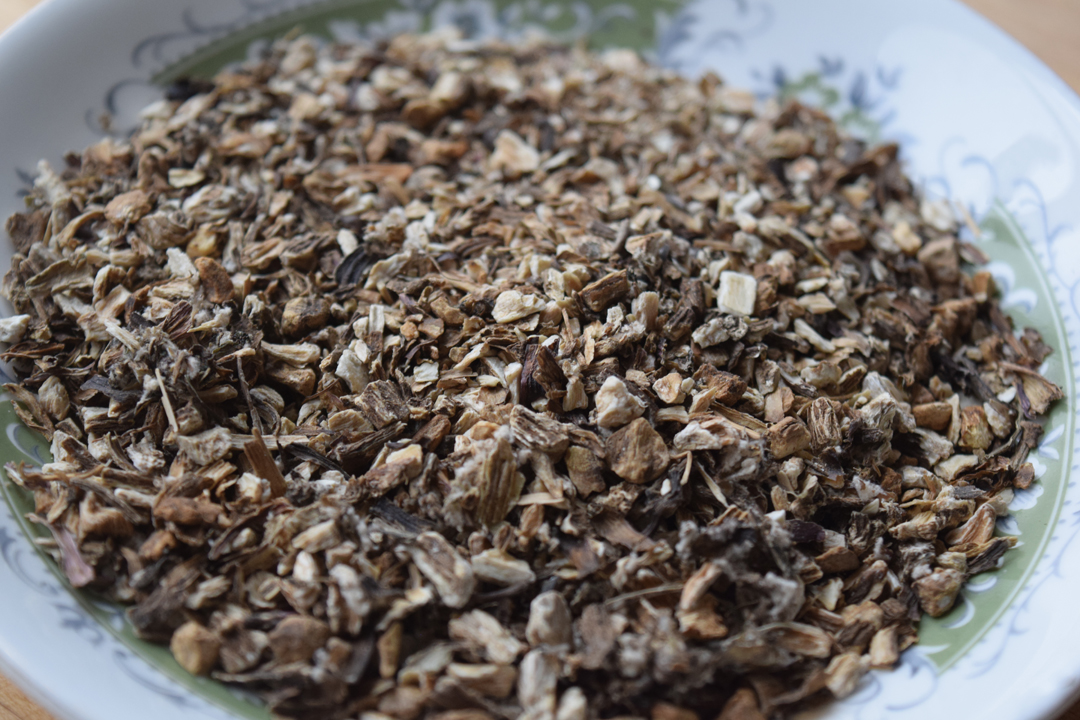Podcast: Play in new window | Download (Duration: 8:25 — 9.2MB) | Embed
Subscribe: Apple Podcasts | Android | Email | Stitcher | RSS | More
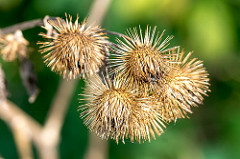 If you walked past the farmhouse, past the barns, and manure pits, along the line of birch trees you would find what we called “The Gully”– a wooded ravine that spanned acres wide. A tractor trail knifed its way down, across the creek, and up to a hidden wheat field. The trail provided a clear path for us to explore. On the right, we walked past the unmarked graves of our lost pets, on the left was piles of old rusted chicken cages. The broken wooden fence that skirted around “the gully” and the crab apple trees that lined the trail betrayed a different time and a purpose. A time before the agricultural industrial “green” revolution. The broken fences had once boxed in grazing cows and the crab apple trees were what was left of an apple orchard. We skipped along broken slabs of cement–a haphazard bridge across the creek. Before the cows and perhaps before the apples “the gully” bore witness to the “Battle of Longwoods” which took place on March 4, 1814 and was apart of the British-American War of 1812. On that day Americans defeated a coalition of British Soldiers, Canadian militia, and Native Americans. Where the creek trickled through the bottom of the ravine two hundred years prior bodies lay dead. Near the creeks embankment it would not be completely unusual to find spearheads from the Natives arrows. Arrows that were used perhaps during the war and before. A time before white people and before colonization. My father had a little tin box full of them, which he had been collecting since he was a child walking through the same gully. Around the hidden wheat field, into
If you walked past the farmhouse, past the barns, and manure pits, along the line of birch trees you would find what we called “The Gully”– a wooded ravine that spanned acres wide. A tractor trail knifed its way down, across the creek, and up to a hidden wheat field. The trail provided a clear path for us to explore. On the right, we walked past the unmarked graves of our lost pets, on the left was piles of old rusted chicken cages. The broken wooden fence that skirted around “the gully” and the crab apple trees that lined the trail betrayed a different time and a purpose. A time before the agricultural industrial “green” revolution. The broken fences had once boxed in grazing cows and the crab apple trees were what was left of an apple orchard. We skipped along broken slabs of cement–a haphazard bridge across the creek. Before the cows and perhaps before the apples “the gully” bore witness to the “Battle of Longwoods” which took place on March 4, 1814 and was apart of the British-American War of 1812. On that day Americans defeated a coalition of British Soldiers, Canadian militia, and Native Americans. Where the creek trickled through the bottom of the ravine two hundred years prior bodies lay dead. Near the creeks embankment it would not be completely unusual to find spearheads from the Natives arrows. Arrows that were used perhaps during the war and before. A time before white people and before colonization. My father had a little tin box full of them, which he had been collecting since he was a child walking through the same gully. Around the hidden wheat field, into The Gully once more, off the tractor path through dense forest growth my sister and I explored unaware of our footsteps and the past that was beneath us. On the other side, closer to home as we walked out of the woods we hit a patch of weeds. The weeds had leaves that looked like elephant ears and soared up beyond our heads. They were also covered in a prickly, brown burr. We kept walking. As we stepped out into a clearing my sister and I looked at each other with a bit of shock on our faces. Our hands gently touched our heads and we slightly tugged at one of the hundreds of burrs that had Velcro-ed to our hair. It took our mom a good part of the evening to release the burrs grip from our long brown hair, scolding us for our recklessness as she pulled them off. Even on a day of truce, my sister and I were still able to get into trouble. As I looked in the mirror, grimacing in pain, I again was oblivious to what I was interacting with. It’s past and it’s place. This week’s episode is Burdock: Everywhere and Nowhere. Photo Credit: GRH7447 Flickr via Compfight cc
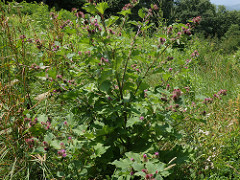 To be placed in a box, labeled, or classified can be frustrating. I, personally, know this frustration all too well. You, your abilities, and your purpose are all of a sudden limited in the eyes of those who have placed you in that box. For a plant, maybe the worse label is that of a weed. A weed is a nuisance. It has no benefits. So, you should just pull it out, burn it, or spray it. In an 1878 article titled “About Weeds” a person by the name of W.W Bailey stated, “What is a weed? Generally speaking it is any plant that interferes with the operations of agriculture or gardening. Some plants are weeds because by their rapid growth they thrive to the exclusion of better things; others are so, simply from their unsightly appearance and their uselessness.” Oh, to be seen as lesser, ugly, and useless. Concerning Burdock, Bailey was a little more nuanced. He begrudgingly admitted that Burdock was kind of pretty. However, the fact that it grew everywhere and often in places where other plants wouldn’t grow was seen as a negative. How dare you burdock? If marigolds won’t grow there neither shall you! Photo Credit: kevinandrewmassey Flickr via Compfight cc
To be placed in a box, labeled, or classified can be frustrating. I, personally, know this frustration all too well. You, your abilities, and your purpose are all of a sudden limited in the eyes of those who have placed you in that box. For a plant, maybe the worse label is that of a weed. A weed is a nuisance. It has no benefits. So, you should just pull it out, burn it, or spray it. In an 1878 article titled “About Weeds” a person by the name of W.W Bailey stated, “What is a weed? Generally speaking it is any plant that interferes with the operations of agriculture or gardening. Some plants are weeds because by their rapid growth they thrive to the exclusion of better things; others are so, simply from their unsightly appearance and their uselessness.” Oh, to be seen as lesser, ugly, and useless. Concerning Burdock, Bailey was a little more nuanced. He begrudgingly admitted that Burdock was kind of pretty. However, the fact that it grew everywhere and often in places where other plants wouldn’t grow was seen as a negative. How dare you burdock? If marigolds won’t grow there neither shall you! Photo Credit: kevinandrewmassey Flickr via Compfight cc
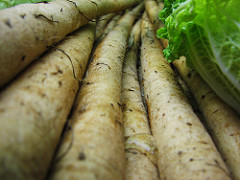 To most of us Burdock is a word that literally means nothing. To my sister and I, the burrs that stuck to our hair were burrs from a weed, and not burrs from a Burdock plant, and yet they were. We just didn’t know that the weed had a name, and that that name was Burdock. We also didn’t know that the weed with burrs was more than a weed, much more. In Japanese cuisine the root from the Burdock plant is called gobou and is a staple in stews, stir-frys, and pickled and has been for thousands of years. The roots can grow up to a metre long and a couple of centimetres across. A popular dish in Japan is called kinpira gobo. The outer layer of the root is peeled, and then the crisp, mildly sweet tasting root can either be shredded or julienned and braised with soy sauce, sugar, mirin, and sesame oil. In Medieval Europe, Burdock Root was used to make beer long before hops came along, and is used to this day to make a British Root Beer alongside Dandelion Root. (Side note: If you ever want to try this Root Beer. Look for a soft drink company called Fentimans. As, they do make their own Dandelion and Burdock drink). As well, wherever you found Burdock, whether it be in Asia, Europe, or with Indigenous peoples in North America the plant almost always has been used medicinally. The root is used as a diuretic (which I just confirmed means that it helps you go pee) and seen as a blood purifier. Even today, in countries like Albania, that have an insufficient health care system the people use burdock root as a tea to heal their ailments. Burdock and it’s burrs also inspired inventions. One day a Swiss Inventor, George de Mestral, went out for a walk with his dog. After their walk, the dog was covered in Burdock burrs. George took a burr and placed it underneath a microscope and noticed the hundreds of hooks that enabled the burrs to stick. A few short years later, George would create Velcro using the same hooked system as a Burdock burr. Photo Credit: Zack the Human Flickr via Compfight cc
To most of us Burdock is a word that literally means nothing. To my sister and I, the burrs that stuck to our hair were burrs from a weed, and not burrs from a Burdock plant, and yet they were. We just didn’t know that the weed had a name, and that that name was Burdock. We also didn’t know that the weed with burrs was more than a weed, much more. In Japanese cuisine the root from the Burdock plant is called gobou and is a staple in stews, stir-frys, and pickled and has been for thousands of years. The roots can grow up to a metre long and a couple of centimetres across. A popular dish in Japan is called kinpira gobo. The outer layer of the root is peeled, and then the crisp, mildly sweet tasting root can either be shredded or julienned and braised with soy sauce, sugar, mirin, and sesame oil. In Medieval Europe, Burdock Root was used to make beer long before hops came along, and is used to this day to make a British Root Beer alongside Dandelion Root. (Side note: If you ever want to try this Root Beer. Look for a soft drink company called Fentimans. As, they do make their own Dandelion and Burdock drink). As well, wherever you found Burdock, whether it be in Asia, Europe, or with Indigenous peoples in North America the plant almost always has been used medicinally. The root is used as a diuretic (which I just confirmed means that it helps you go pee) and seen as a blood purifier. Even today, in countries like Albania, that have an insufficient health care system the people use burdock root as a tea to heal their ailments. Burdock and it’s burrs also inspired inventions. One day a Swiss Inventor, George de Mestral, went out for a walk with his dog. After their walk, the dog was covered in Burdock burrs. George took a burr and placed it underneath a microscope and noticed the hundreds of hooks that enabled the burrs to stick. A few short years later, George would create Velcro using the same hooked system as a Burdock burr. Photo Credit: Zack the Human Flickr via Compfight cc
Although, not native to North America the Burdock Plant has adapted extremely well to our natural world ever since it was introduced through European colonization. Bailey was right about that one, Burdock is quite invasive to the detriment of other plants. Whether those plants are better can certainly be debatable. Now, without knowing it, you could perhaps find this invasive plant pretty much everywhere. On the side of the road, in your parks, or in your backyard. However, for most us it will always be just a weed. Our connection to Burdock as something other than a weed was severed long ago. The idea that there is a plant that is so pervasive in our environment and which has such a deep culinary and medicinal history in other parts of the world, and yet hardly any of us consume or even know what it is is rather baffling. Perhaps, Burdock represents much more of what we have lost. Our lost relationship to the natural world around us. Our lost knowledge of wild plants–the ones that help and the ones that harm. Our lost history. The thought almost makes me want to go back to “The Gully” with a shovel to go digging into the past beneath us.
